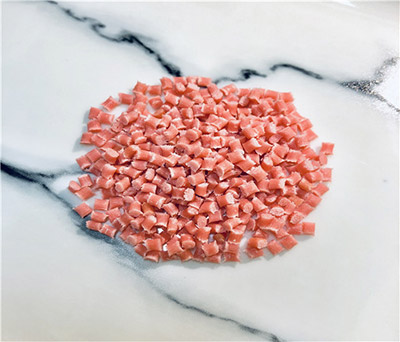©Copyright 2019 SIKO POLYMERS (SUZHOU) CO., LTD All rights reserved.Site Map Powered by iwonder.cn
- Email Uskevin@sikopolymers.com


Almost all polymers are naturally brittle and act like minimal heat and great stress rates, primarily when pop-like defects exist. Reinforcing such a polymer can be achieved by annulling the molecular structure by transforming such a polymer with the acquiescent molecule.
The reinforcement of such polymers might follow any of the following routes;
i. Distortion via galvanization dilution
ii. Variability of other means through an active part of the polymer
However, there are several prototypes and validations of assorted attainment and distinction for reinforcement of polymers. The reinforcement of partial crystal-like polymers like Nylon-6 involves the inter-particle of medium dimension amongst equaled heterogeneities in the polymer particle modification.
Reinforce polymers are better raw materials by improving their resistance against crack development at minimal temperature. It also increases the rate of loading and improves severely, and stretch properties in a lengthened range.
However, it is essential to contact a reliable supplier for your next project when sourcing for the improved polymer.
The mechanical performance of Polyamide PA6 blends reinforced by CaCO3 particles will be noted below.
How to reinforce Polyamide PA6 with CaCO3 Particle?
Coat the polymer with calcium stearate to give rise to disperse particles better. This process of blend preparation follows two phases:
a). Premix the Nylon-6 pallets with calcium carbonate powder at your discretion.
b). mix the product obtained in phase one in the smelted state in a Pfleiderer, and Werner (30 mm) a twin-screw extruder.
It is important to note that the extruding mixing procedure is usually carried out at a temperature range of 190 – 200oC and maintains a screw rotation speed of about 200 pm.

Characteristics of Reinforced Polyamide PA6
1. Elasticity of blends
The main aim of employing inorganic powder particles in reinforcing is to develop a valuable improvement of elastic behavior in the blends. Also, ending up improving the reinforcement.
2. Particles De-bonding
The primary undeviating response of the altered blends, especially for higher volume portions of filler matrix, is exhibiting or showing stiffened properties beneath unmodified polymers.
Particles behavior is attributed to the particles de-bonding from the medium when the property of improved stiffness is substituted with lesser stiffness of the partly cogitated matrix.
3. The behavior of Modified Blends Yield
The modified blends' yield property exhibits a logical decrease of the output stress with the rising size of plaster particles.
This implies that the constituent part was significantly detached from the matrix so that blends will decline with the increasing size portion of the filler.
Application of reinforcing Polymer
Generally, polyamide PA6 has numerous applications in the engineer's world, talk less of improved quality. The modified polymer has major technical applications in three distinguished areas: electronic, automobile, and packaging.
Are You In Need Of Polyamide PA6?
We are a well-known manufacturer of polymers with high-quality products for several industrial applications. For your modified polyamide PA6 and reinforced polymeric materials for automobiles, packaging, electronics, etc., kindly contact us today for your next project.